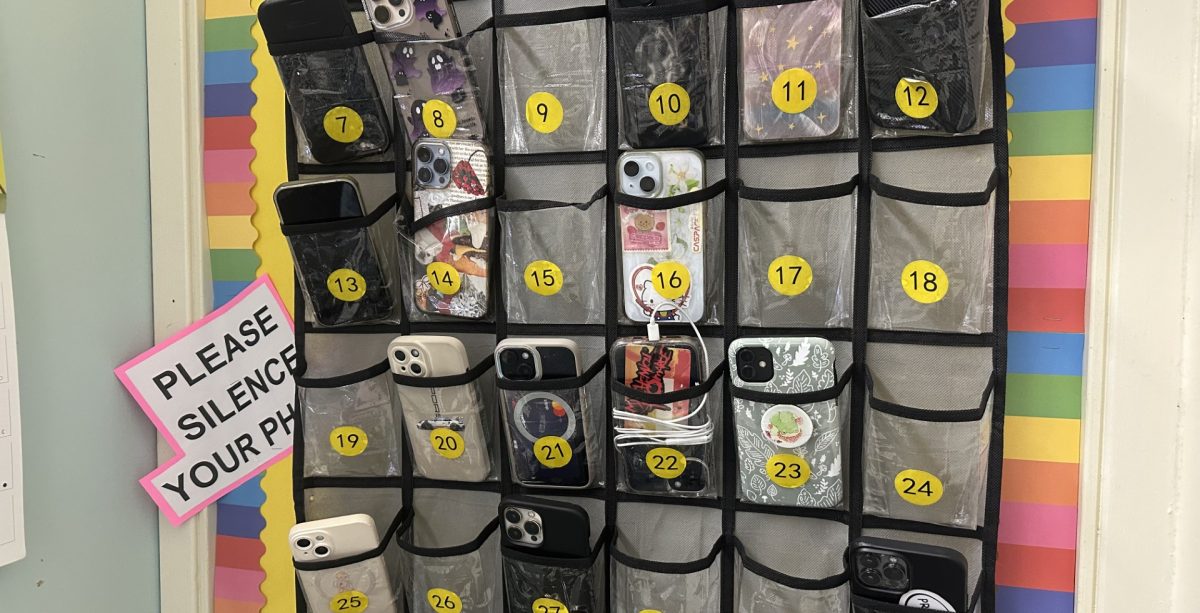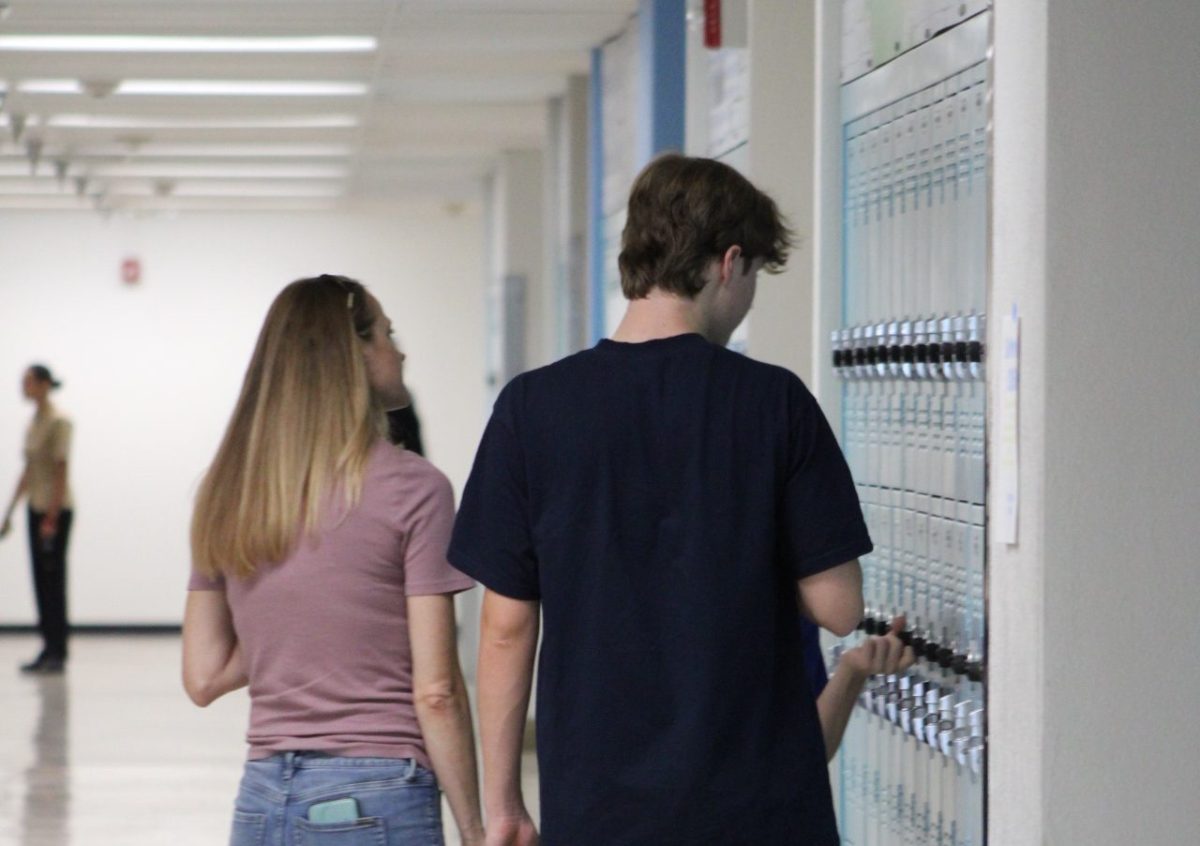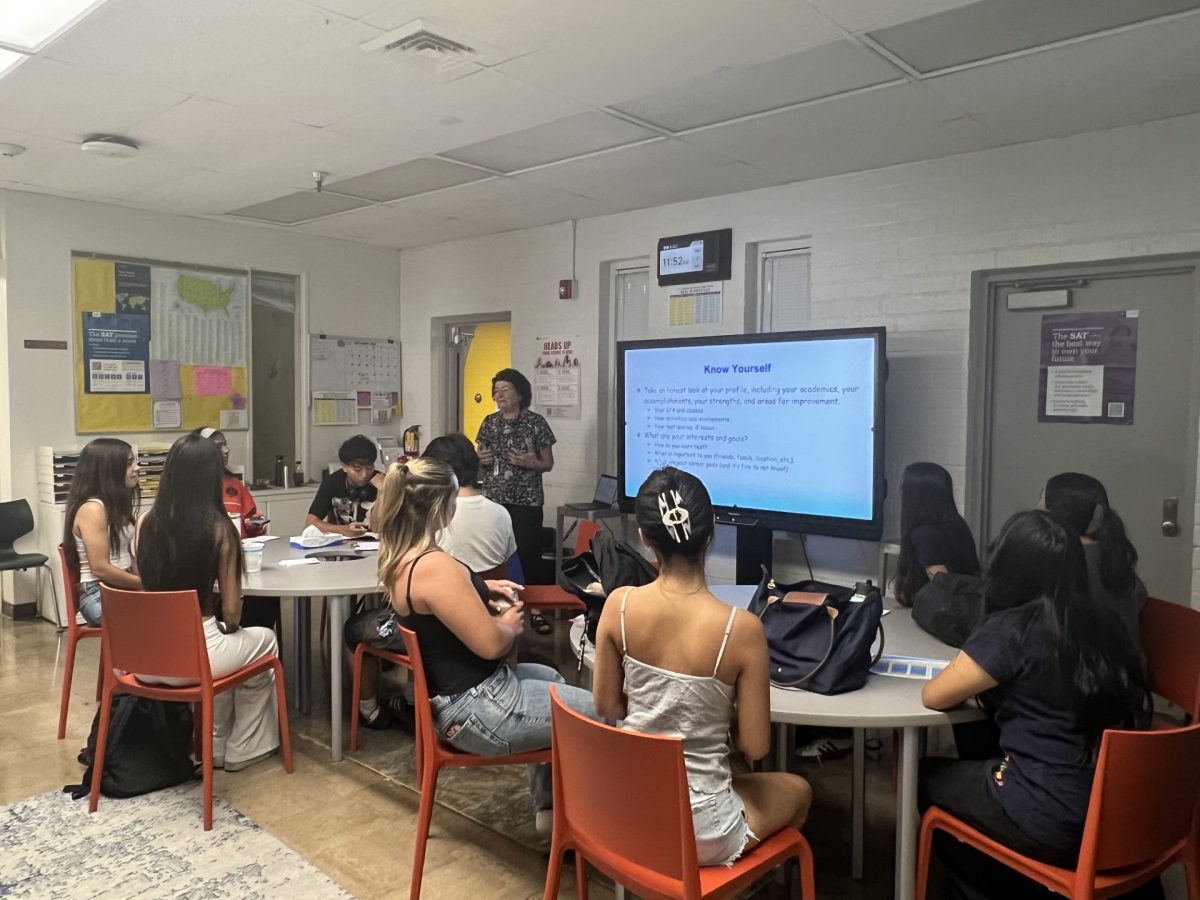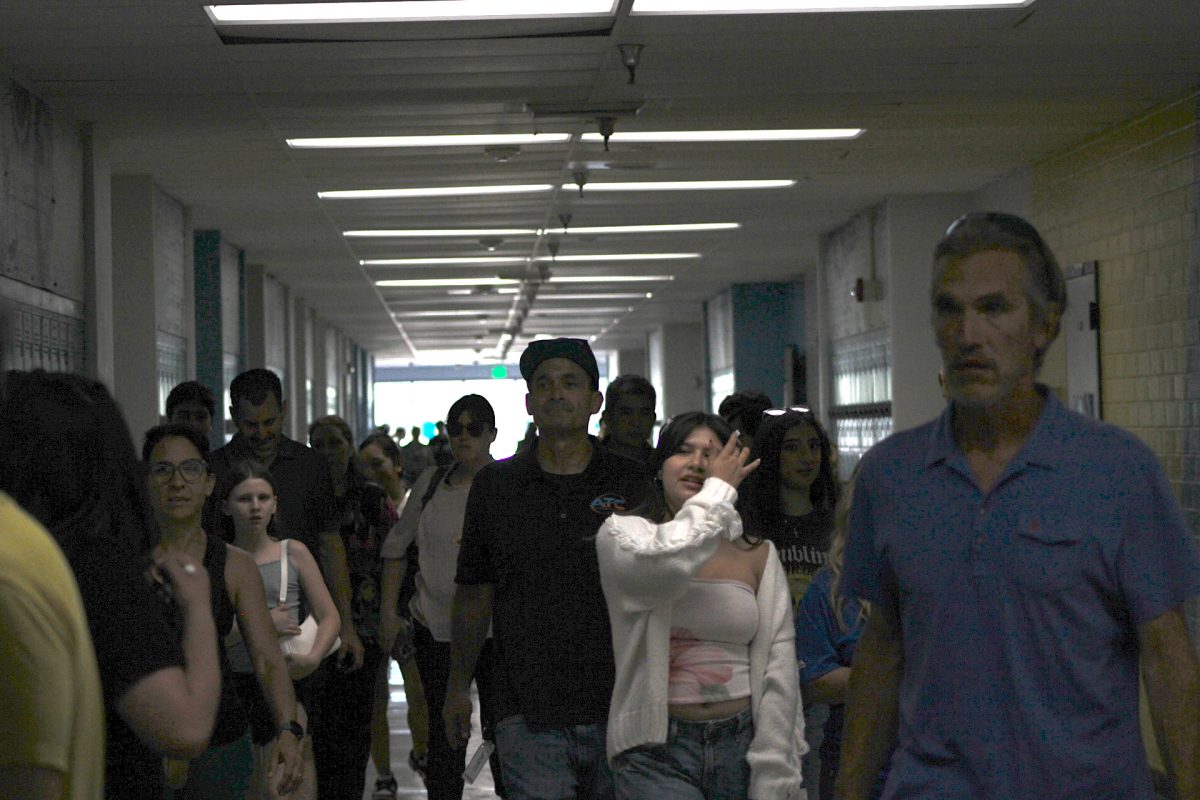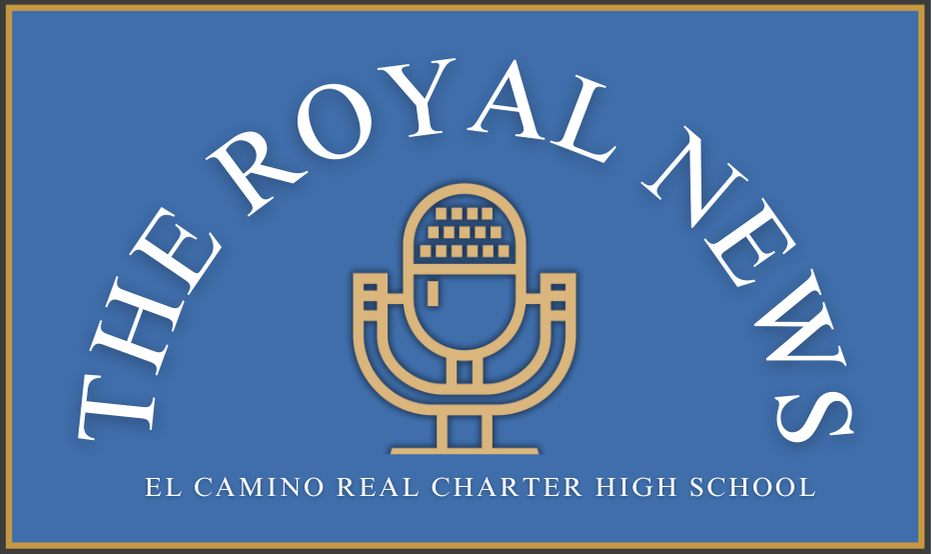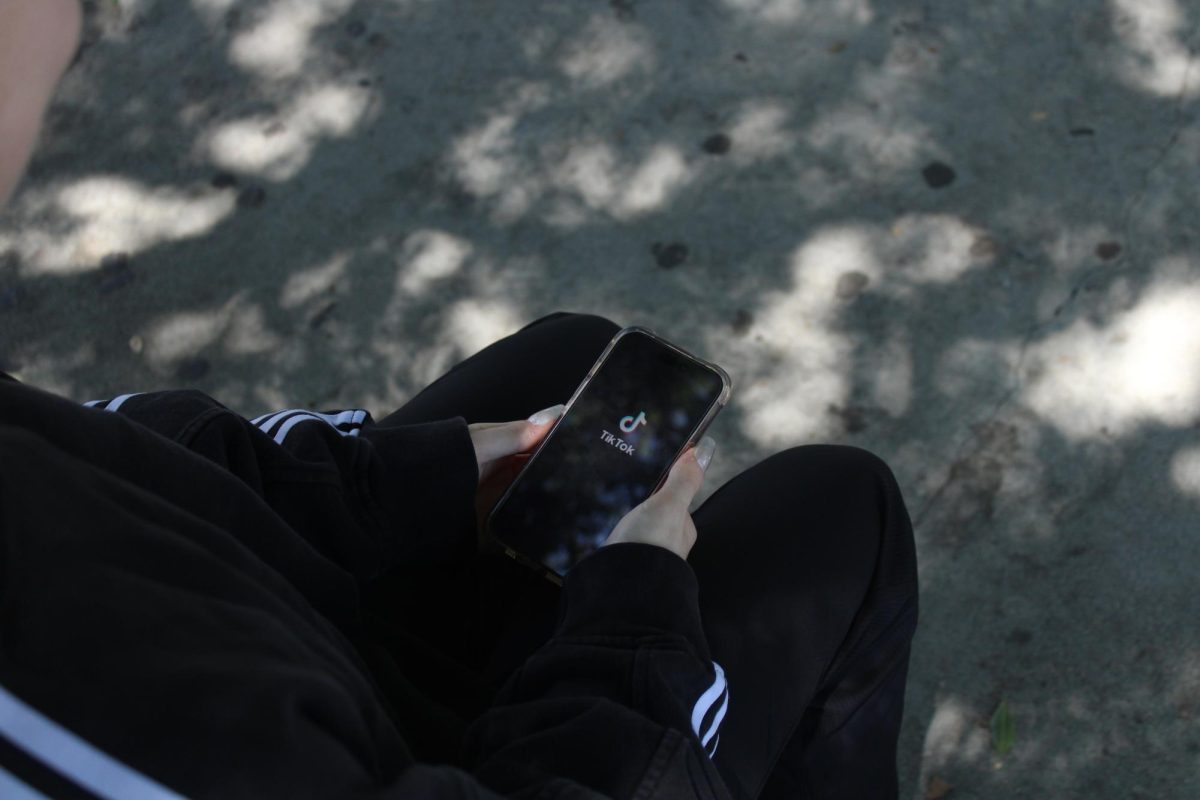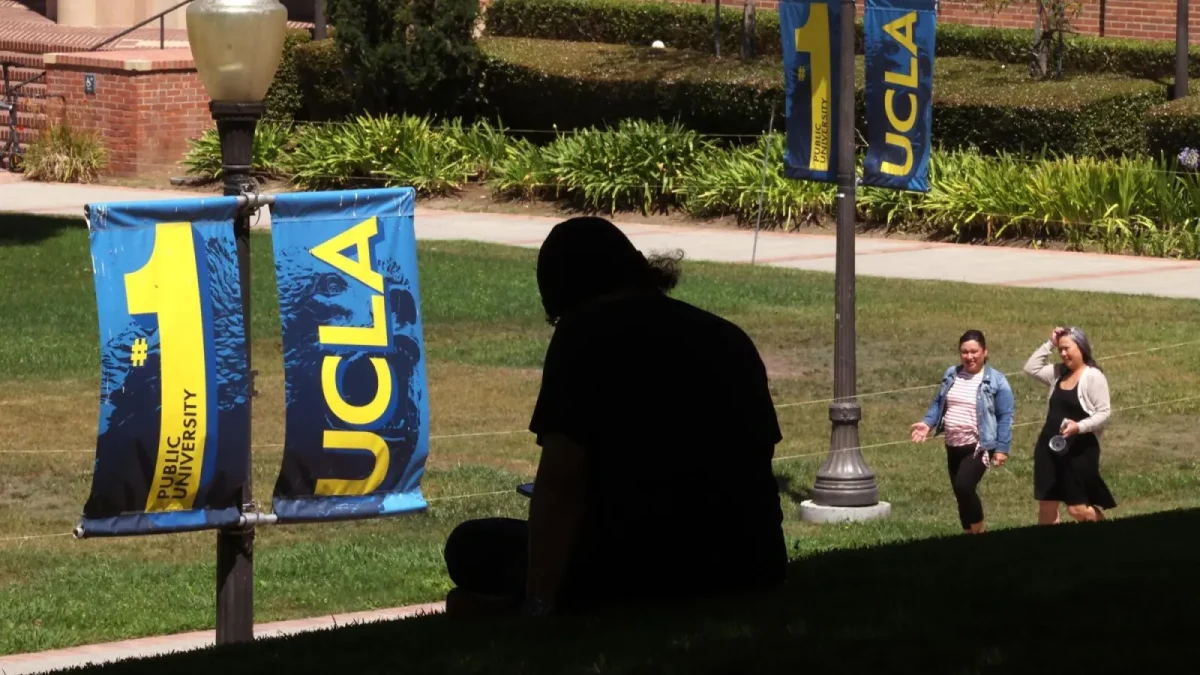The nationwide ban on the popular social media application, TikTok, took effect Jan. 19 for only 12 hours, due to speculated national security risks and data privacy concerns, leaving many users in short-term distress.
Around 6:30 p.m. Pacific Standard Time (P.S.T.) Jan. 18, users received a notification on their TikTok application updating them that the United States (U.S.) law was set to take effect and temporarily close services.
After the notification, users were under the impression that they had until 9:00 p.m. P.S.T. to scroll for the last time; however, at around 7:30 p.m. P.T., another nationwide notification was sent out confirming that the ban was implemented. In this message, it stated that the TikTok company would work with President Donald Trump to reinstate the application.
What seemed to be a long-term ban turned out to be short-lived. A third and final notification, sent out the morning of Jan. 19, addressed that the TikTok application was back for U.S. users because of Trump’s efforts.
During Trump’s first term as president, in 2016-2020, the Chinese company who currently owns TikTok, ByteDance, was informed that they needed to sell the application, or it would be banned for all U.S. users.
Many users hoped that successful technology companies, such as Meta, or wealthy celebrities, such as Jimmy Donaldson, also known as Mr. Beast, would purchase the application; however, ByteDance refused any agreements to sell the application.
The speculations of banning the app continued throughout Biden’s term from 2020-2024, yet there was no action towards instituting a ban until the end of the year.
Towards the end of Biden’s presidency, the Supreme Court made the final decision to ban the application despite conversations with the TikTok Chief Executive Officer (C.E.O.) Shou Zi Chew.
When Trump took office Jan. 20, he immediately signed an executive order to place a 75-day extension on the application. However, TikTok remains unavailable on digital application stores in the U.S., as companies are awaiting for future protections to ensure they won’t face punishments for distributing the app. Users are unsure of if or when it will return.
Prior to the ban, many users feared the effects that it would have on them. Many found themselves rushing to save their data on the application, download their drafts and some even made their final videos and posted them online.
In numerous videos, creators even joked about storming the U.S. capitol building or told their final messages to their fans. In fear of losing their jobs, they also encouraged everyday users to follow them on other platforms with short-form content.
Other American content creators simply didn’t want to give up their jobs and found ways to stay on TikTok despite the ban. Some even used a virtual private network (VPN), that essentially allowed them to access the application.
Once the ban took place, many users downloaded other applications, including RedNote, Instagram and more, in hopes of fulfilling their desire for short-term entertainment. Ironically enough, RedNote is another Chinese owned application that users in China use, as TikTok is banned in the country.
As Trump’s extension has been put into effect, users are unsure of what the future of the application will entail.









